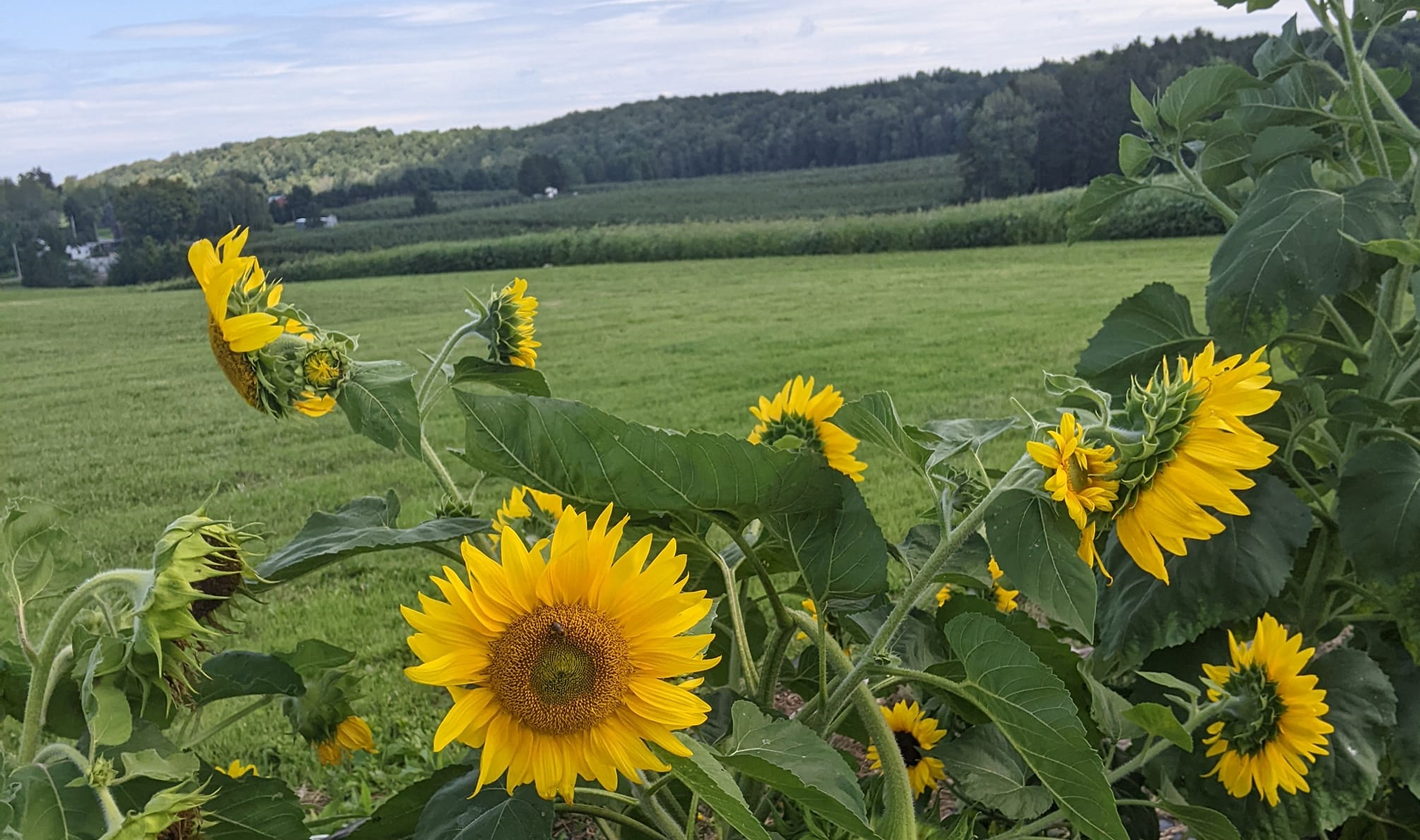A Major Benefit to No-Till Gardening
The benefit of this is that we don’t disturb the soil structure. Soil is teeming with life, including bacteria, fungi, and other microorganisms. These organisms play crucial roles in breaking down organic matter, cycling nutrients, and improving soil structure. When soil is tilled, it disrupts their habitats and can disturb their delicate balance. In no-till gardening, the soil structure remains intact, providing a stable environment for these organisms to thrive.
Here’s how it works:
- Mycorrhizal Fungi: Mycorrhizal fungi are specialized fungi that form symbiotic associations with the roots of most plants. There are different types of mycorrhizal fungi, but the most common types are arbuscular mycorrhizal fungi (AMF) and ectomycorrhizal fungi (EMF). These fungi have structures called hyphae, which are thread-like filaments that extend from the fungal cells into the surrounding soil.
- Symbiotic Relationship: In the symbiotic relationship between mycorrhizal fungi and plants, the fungi colonize the plant roots and form a network of hyphae in the soil. This network extends far beyond the reach of the plant’s roots, effectively increasing the surface area available for nutrient and water absorption.
- Nutrient Exchange: The mycorrhizal fungi facilitate the exchange of nutrients between the soil and the plant. They have a remarkable ability to access nutrients, such as phosphorus and nitrogen, that may be present in the soil in forms that are not readily available to the plant. The fungi absorb these nutrients from the soil through their hyphae and transfer them to the plant roots in exchange for carbohydrates produced by the plant through photosynthesis.
- Water Uptake: In addition to nutrients, mycorrhizal fungi also enhance the plant’s ability to absorb water from the soil. The extensive network of hyphae acts as a conduit for water movement, helping plants access moisture from a larger volume of soil.
- Plant Growth Promotion: By improving nutrient and water uptake, mycorrhizal fungi contribute to overall plant health and growth. Plants associated with mycorrhizal fungi often exhibit increased vigor, better resistance to environmental stresses such as drought and disease, and enhanced productivity.
- Soil Structure Improvement: Mycorrhizal fungi also play a role in soil aggregation and structure. The hyphae produce glomalin, a protein that helps bind soil particles together, creating stable soil aggregates. This improves soil structure, water infiltration, and nutrient retention.
Overall, the mycorrhizal network is a vital component of many terrestrial ecosystems, promoting plant growth, enhancing nutrient cycling, and contributing to soil health and fertility. It’s a remarkable example of the intricate and mutually beneficial relationships that exist within natural ecosystems. So, by avoiding tillage, we preserve the natural ecology beneath the soil surface, and this supports healthier soil ecosystems, improves soil structure, reduces erosion, and contributes to climate change mitigation efforts.


